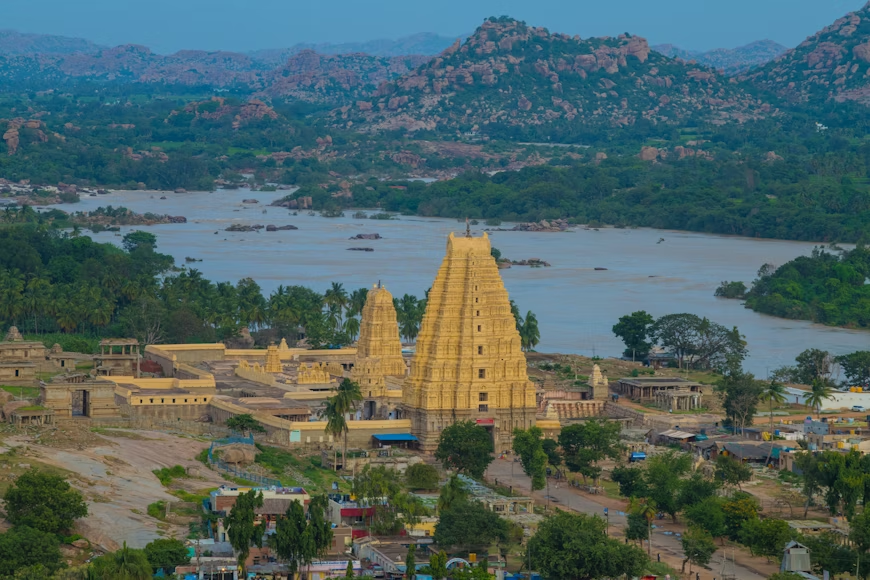5 Frozen Lakes in North India You Should Visit This November
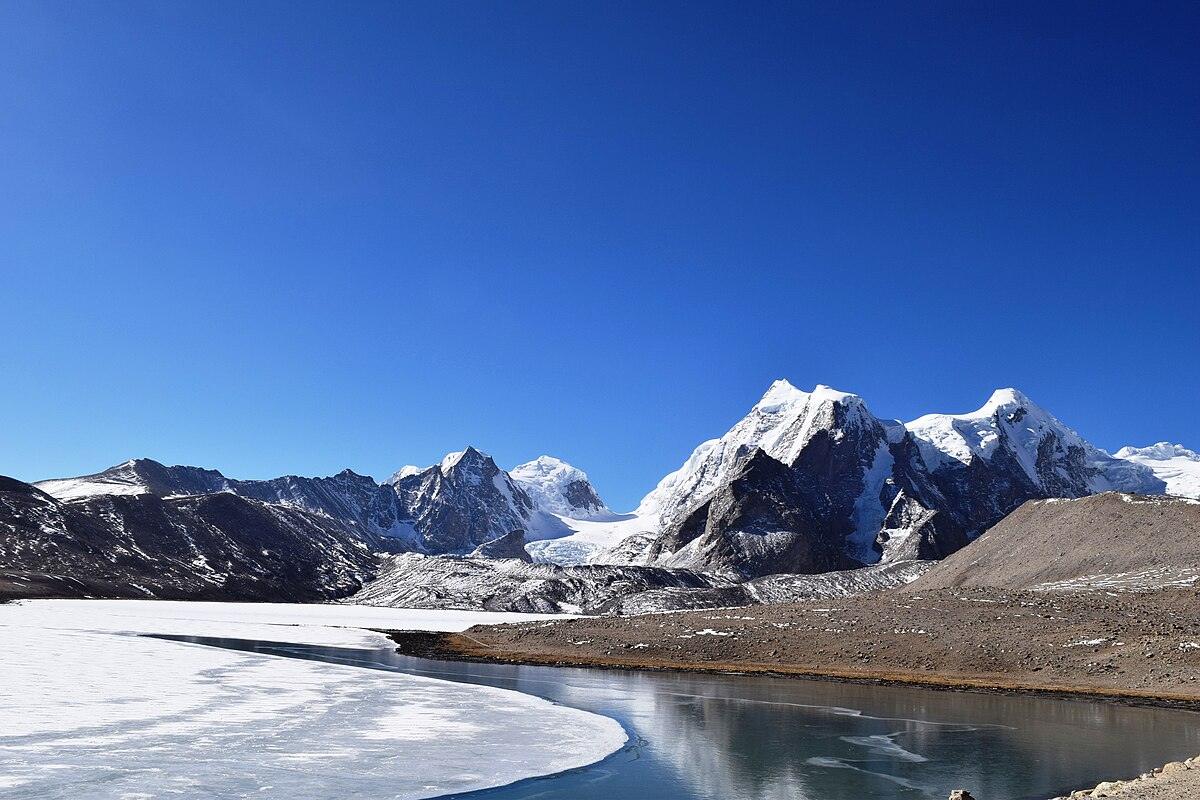
As November arrives, the Himalayas begin to trade their emerald tones for shades of silver and blue. Valleys that once echoed with the rush of summer streams fall silent, and the high-altitude lakes – those mirrors of the mountains – start to freeze at their edges. By mid-November, this transformation becomes unmistakable. The wind grows sharper, the air thinner, and the once-fluid reflections turn to still glass. For those drawn to landscapes that hold both beauty and stillness, this is the season when nature stands still in awe of itself.
From the remote expanses of Ladakh to the steep folds of Sikkim and Himachal, North India holds some of the most captivating frozen lakes in the world. Each carries its own story – of altitude, of isolation, of timeless rhythm. Below are five frozen lakes that transform into icy masterpieces every November, along with one that remains forever etched in the memory of Himalayan travellers – Chandratal Lake.
In this Blog
1. Tso Moriri, Ladakh
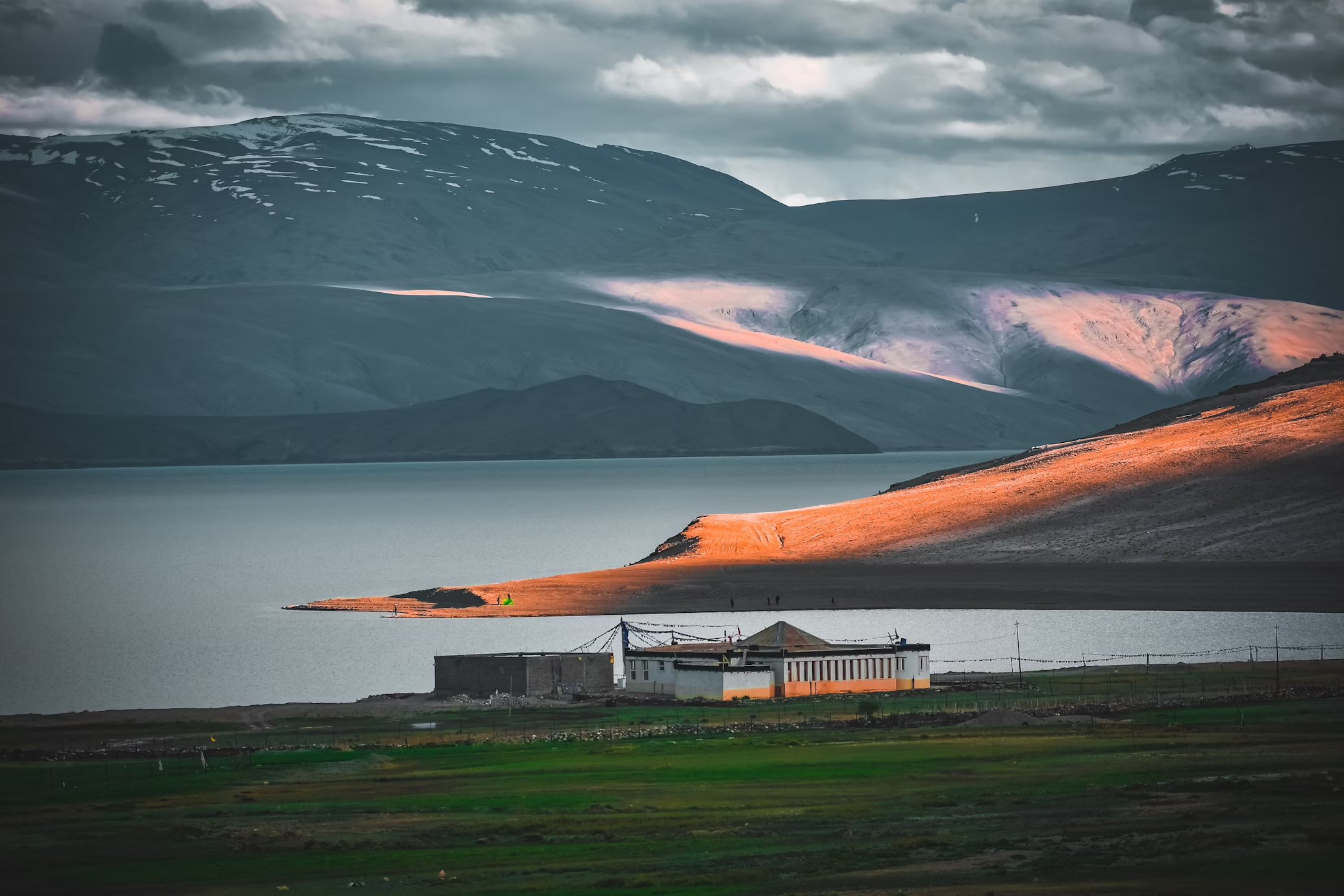
Perched at over 15,000 feet in Ladakh’s Changthang Plateau, Tso Moriri begins to slip into its icy slumber by late October. The lake, often overlooked in favour of its more famous sibling Pangong Tso, rewards those who seek solitude and raw natural drama. As November unfolds, the cobalt waters start to stiffen at the edges, a fine sheet of ice tracing the shoreline like cracked porcelain.
The air here carries a certain stillness that can only belong to altitudes this high. The nearby Korzok village – one of the highest inhabited settlements in the world – watches over the lake as it slowly transitions from liquid to solid. Nomadic herders begin to retreat, camps close for the season, and the few travellers who make it this late in the year find themselves surrounded by a silence that feels otherworldly.
Reaching Tso Moriri in November is still possible through the Leh–Upshi–Chumathang route, provided weather holds. Roads remain motorable until heavy snow closes the passes, usually around mid-November. With temperatures often plunging below -10°C, it’s a world that demands resilience — yet rewards it with unfiltered beauty. Of all the frozen lakes in North India, Tso Moriri perhaps best captures the still grace of Ladakh’s winter.
2. Pangong Tso, Ladakh
No list of frozen lakes in India is complete without Pangong Tso, the lake that defies borders and seasons alike. Stretching between India and Tibet, Pangong’s changing hues – turquoise, azure, steel blue – have become iconic. But as November sets in, this palette changes again. The winds from the Chang Chenmo range sweep across its surface, drawing lines of frost that grow denser each night until the vast expanse turns to ice.
By the end of the month, Pangong is half-frozen, creating surreal reflections where sky and land seem to dissolve into one another. Local legends say the lake’s spirit never fully sleeps – that beneath the ice, its waters still whisper and move. Standing on its edge in November, when daylight feels both brief and endless, that belief seems entirely plausible.
Reaching Pangong Tso from Leh via Chang La Pass is still feasible early in the month, though the route demands caution. Camps and homestays begin winding down operations as the mercury dips, leaving behind a landscape that belongs only to the elements. For photographers and travellers seeking the essence of winter travel in India, few places rival Pangong’s frozen expanse — where silence becomes its own kind of music.
3. Gurudongmar Lake, Sikkim
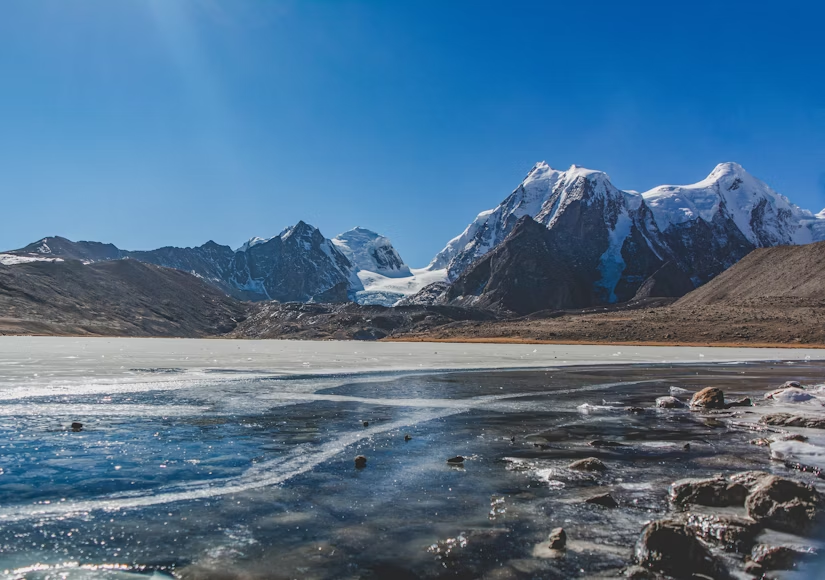
Far to the east, amid the towering heights of North Sikkim, Gurudongmar Lake rests at an altitude of over 17,800 feet. Even before winter’s full arrival, it begins to freeze. By November, its surface often lies sheathed in ice, save for a sacred patch near the shore that locals believe never freezes – a symbol of enduring warmth in an otherwise forbidding landscape.
Gurudongmar’s story is not only about beauty but also reverence. Named after Guru Padmasambhava, it’s one of the highest and holiest lakes in the Himalayas. Visiting it this late in the year requires both permits and perseverance. The route from Lachen may be open in early November, but weather is unpredictable, and snowfall can temporarily close the path beyond Thangu. Yet those who manage the journey encounter one of the most awe-inspiring sights in the eastern Himalayas: the sun rising over an ice-bound lake that mirrors the pure white peaks around Kangchengyao.
For many, Gurudongmar defines what the frozen lakes of North India truly represent – the meeting point of faith, altitude, and silence. The wind that blows here feels ancient, and every step on the icy shore echoes through thin air, reminding travellers that beauty at these heights is both fragile and eternal.
4. Tsomgo Lake, Sikkim
If Gurudongmar is a test of endurance, Tsomgo Lake – also known as Changu – offers a more accessible yet equally mesmerizing glimpse into Sikkim’s frozen world. Located just 38 kilometres from Gangtok, Tsomgo begins to freeze by mid-November. The transition is gradual: first, the edges glaze over; then, ripples stiffen; and finally, the lake rests under a glinting sheet of blue-white ice by early winter.
Travelers visiting in November witness this delicate balance between movement and stillness. Yak herders lead their animals along the snow-lined paths, and prayer flags flutter against the pale sky, their colors contrasting sharply with the white canvas below. The road to Tsomgo, often cleared by the Border Roads Organisation, remains open most days in November, though occasional snowfall can cause brief closures.
What makes Tsomgo remarkable is how easily it connects the everyday traveller to the extraordinary. Standing there as the wind bites and the prayer flags hum, one doesn’t need to climb or trek far to experience the quiet splendour of frozen lakes in India – it’s simply there, shimmering before them, patient and eternal.
5. Kareri Lake, Himachal Pradesh
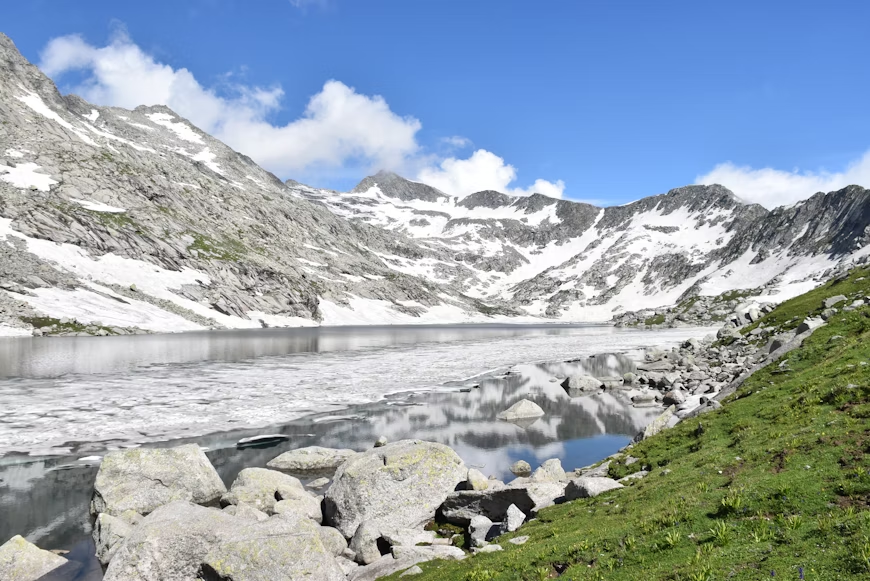
In Himachal’s Kangra district, hidden beyond pine forests and shepherd trails, Kareri Lake sits at a gentler altitude – about 2,950 metres. Here, November is a time of transition rather than complete transformation. The lake doesn’t yet freeze entirely; instead, fine ice filigree begins to form along its rim, catching the morning light in patterns delicate as frost on glass.
The trail to Kareri remains open well into November, making it one of the last treks of the season before heavy snowfall closes the high routes. The journey winds through oak and rhododendron forests, past wooden bridges and mountain streams, before opening up to a clearing where the lake appears like a quiet revelation.
While Kareri may not yet be frozen solid this early in the winter, it represents the pause before deep freeze – a glimpse of what’s to come. Nearby in Lahaul and Spiti, the more famous Chandratal Lake has already slipped into its long hibernation, sealed in layers of ice since early October. For many, Chandratal is the archetype of the frozen lakes in North India, inaccessible yet unforgettable – and Kareri, in November, feels like its gentle prelude.
The two lakes, though far apart, mirror each other in spirit: Kareri’s reflective calm leading toward the icy vastness of Chandratal. Together, they mark the quiet power of Himachal’s high-altitude terrain – a region where time itself slows when winter begins to breathe.
Travel Feasibility & Accessibility
Tso Moriri (Ladakh)
- The lake lies within a protected region near the Indo-China border, so Inner Line Permits are required for Indian travellers, and Protected Area Permits for foreigners.
- Visitors should check road accessibility from Leh, as snowfall in passes like Taglang La or Chumathang can restrict movement by mid-November.
- Accommodation: Limited guesthouses in Korzok remain open until temperatures drop below -10°C.
Pangong Tso (Ladakh)
- The Chang La Pass route remains open till early winter, but weather can shift rapidly — it’s best to travel with local drivers familiar with icy terrain.
- Mobile connectivity is sparse beyond Tangtse, so travellers should carry offline navigation and emergency supplies.
- Staying overnight in homestays at Spangmik or Lukung supports local families adapting to Ladakh’s short tourism season.
Gurudongmar Lake (Sikkim)
- Travel beyond Lachen requires a special permit, usually arranged by registered tour operators in Gangtok.
- Due to the high altitude (17,800 ft), visitors are advised to acclimatize for a day in Lachen or Thangu before heading to the lake.
- Roads can be rough, but the Border Roads Organisation keeps key stretches open until heavy snow blocks the route in December.
Tsomgo Lake (Sikkim)
- Permit required: Tsomgo lies in a restricted zone; both Indian and foreign nationals need permits, obtainable in Gangtok.
- The road via Kyongnosla can close temporarily after snowfall, so morning departures are ideal for safer access.
- Responsible visitors can opt for shared taxis or small-group tours to reduce traffic pressure on the fragile route.
Kareri Lake (Himachal Pradesh)
- The trek from Kareri village is open through November, though nights can dip below freezing.
- Local guides from Dharamshala or Kareri village can provide updated trail info and arrange eco-camping, minimizing waste in the alpine zone.
- While Chandratal Lake remains closed in November, travellers can experience similar early-winter beauty here without disturbing a frozen ecosystem.
Stays by StayVista Near the Lakes
Sikkim
StayVista at La Ipsing Farm – A heritage-farm stay offering lush mountain views and organic surroundings, ideal for those using Gangtok as base for reaching lakes like Tsomgo Lake.

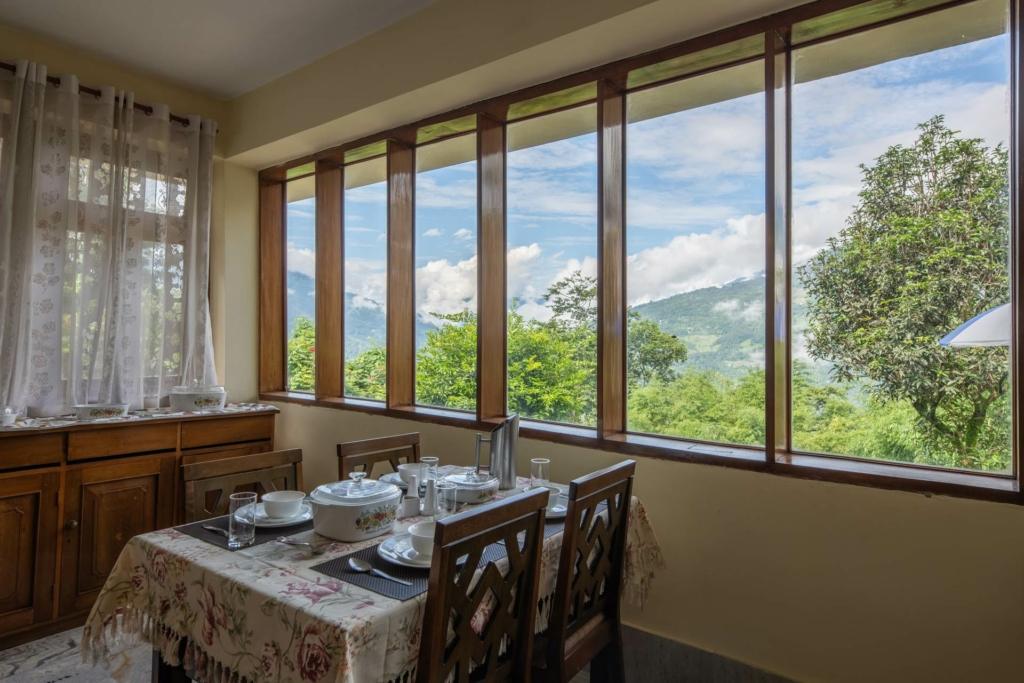

StayVista at Mystic Nest – A modern villa with valley-view and full amenities; good for a relaxed stay in Sikkim before or after a frozen-lake excursion.
Himalayan Horizon – A 3-bed apartment style stay near Tashi Viewpoint; convenient as a base for exploring high-altitude lakes like Gurudongmar Lake.
Himachal Pradesh
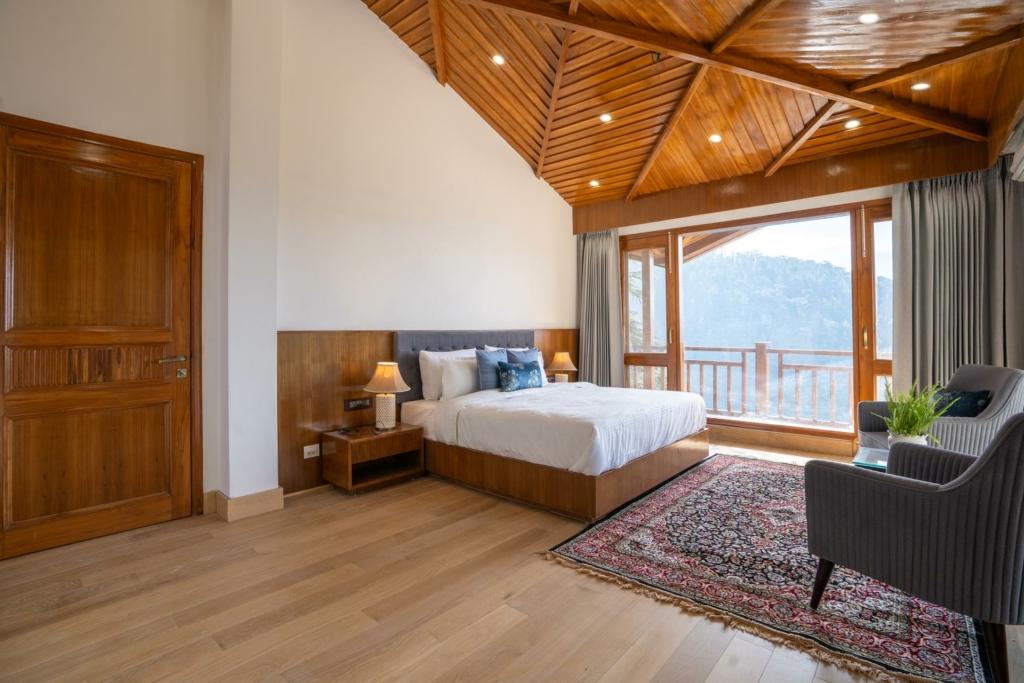

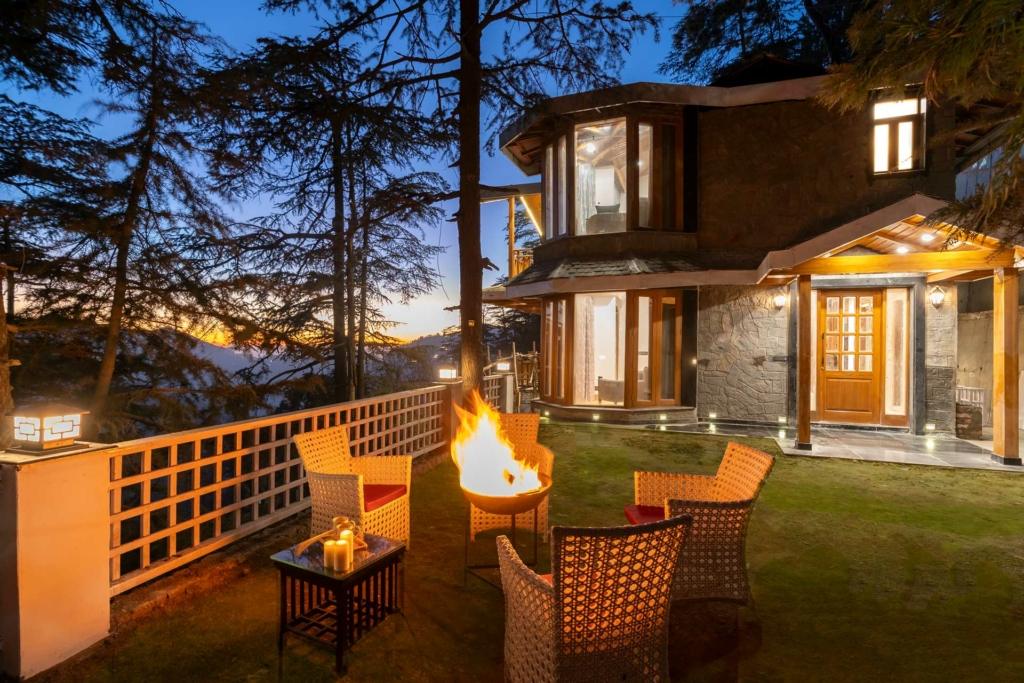
StayVista at Oakwood Manor – A villa in Shimla with easy access ease to Himachal terrain; useful for treks toward lakes or high-plateau excursions.
StayVista at The Imperial Estate – A 5-BHK premium villa in Naggar, Himachal; well-suited for staying in the mountains and using it as a base to explore lakes/treks in Himachal including Chandratal Lake.
StayVista at Ludlow House – A 4-BHK valley-view villa with sauna room in Kasauli; while not extremely high altitude, it brings comfort and access to the Himachal mountain region in colder months.
Additions for Responsible Travel
- Travellers should avoid walking on frozen lakes — the surface may appear solid but can crack unpredictably, especially near inflows and shallows.
- Carry back all waste, including snack wrappers and tissues, since these regions have no large waste management systems.
- The use of solar-powered stays and locally sourced meals is growing in Ladakh and Sikkim – a quiet way to experience warmth without harming the fragile environment.
- Limit drone use, as noise disturbs high-altitude wildlife like bar-headed geese and Himalayan foxes that inhabit these frozen lake belts.
The Quiet Spell of November
There’s a moment, just before evening descends in the mountains, when light begins to blur across the ice. The sun sinks behind the ridges, and for a few minutes, everything glows — the snow peaks, the frozen lakes, even the air. November is full of such moments, fleeting yet infinite in memory.
For those who travel north during this time, the journey is less about reaching a destination and more about witnessing transformation. The frozen lakes of Ladakh, Sikkim, and Himachal aren’t merely scenic stops; they’re reminders of nature’s quiet resilience. Each surface of ice holds a season’s worth of stories – winds that shaped it, temperatures that sealed it, and reflections that will return only when the thaw begins.
As winter deepens and mountain roads close one by one, these lakes continue their silent vigil under the stars. By December, most will be unreachable, hidden beneath layers of snow. But in November, for a brief, brilliant window, they belong to those who seek stillness in motion – travellers who understand that the truest beauty of the Himalayas often lies not in movement, but in pause.
Banner Image Credit: Abhishek via Wikimedia Commons





